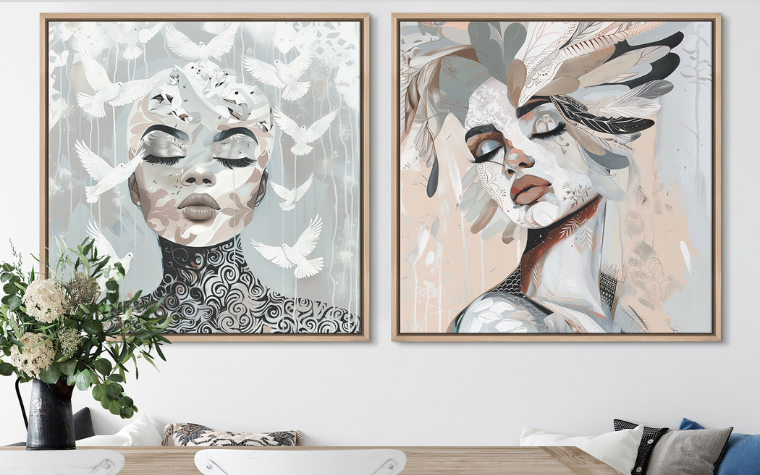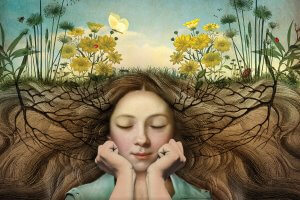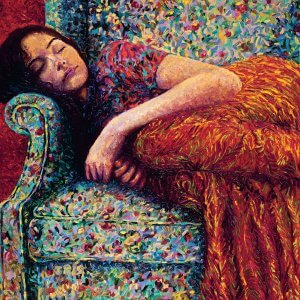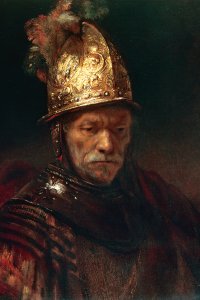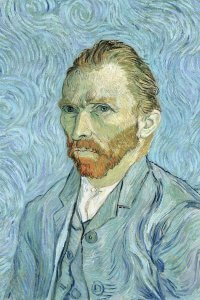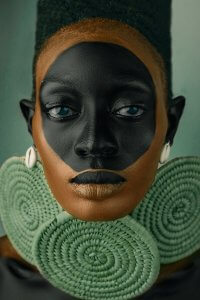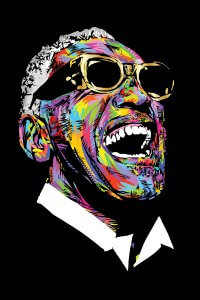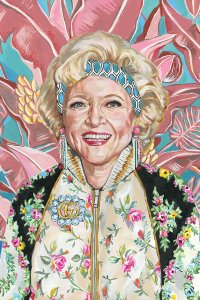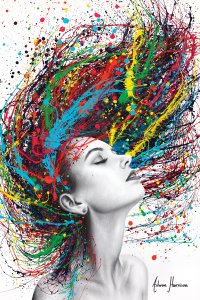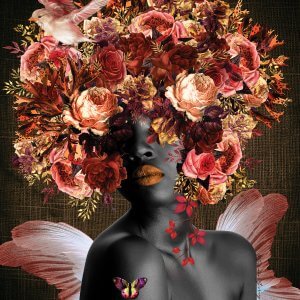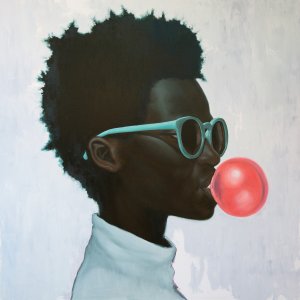Benefits of Portrait Art: Fostering Emotional Connection
Portrait art has captivated and inspired people for centuries, transcending time and culture to create profound emotional connections. Whether it’s a historical painting of a revered figure or a modern portrait capturing raw, everyday emotions, portraiture taps into something deeply personal within us.
The ability of portrait art to convey the complexities of human emotion makes it a powerful medium for storytelling and connection. Keep scrolling to learn more about portrait art’s unique power to build empathy and foster a personal bond between the subject and the viewer.

Portrait Art as a Reflection of Human Emotion
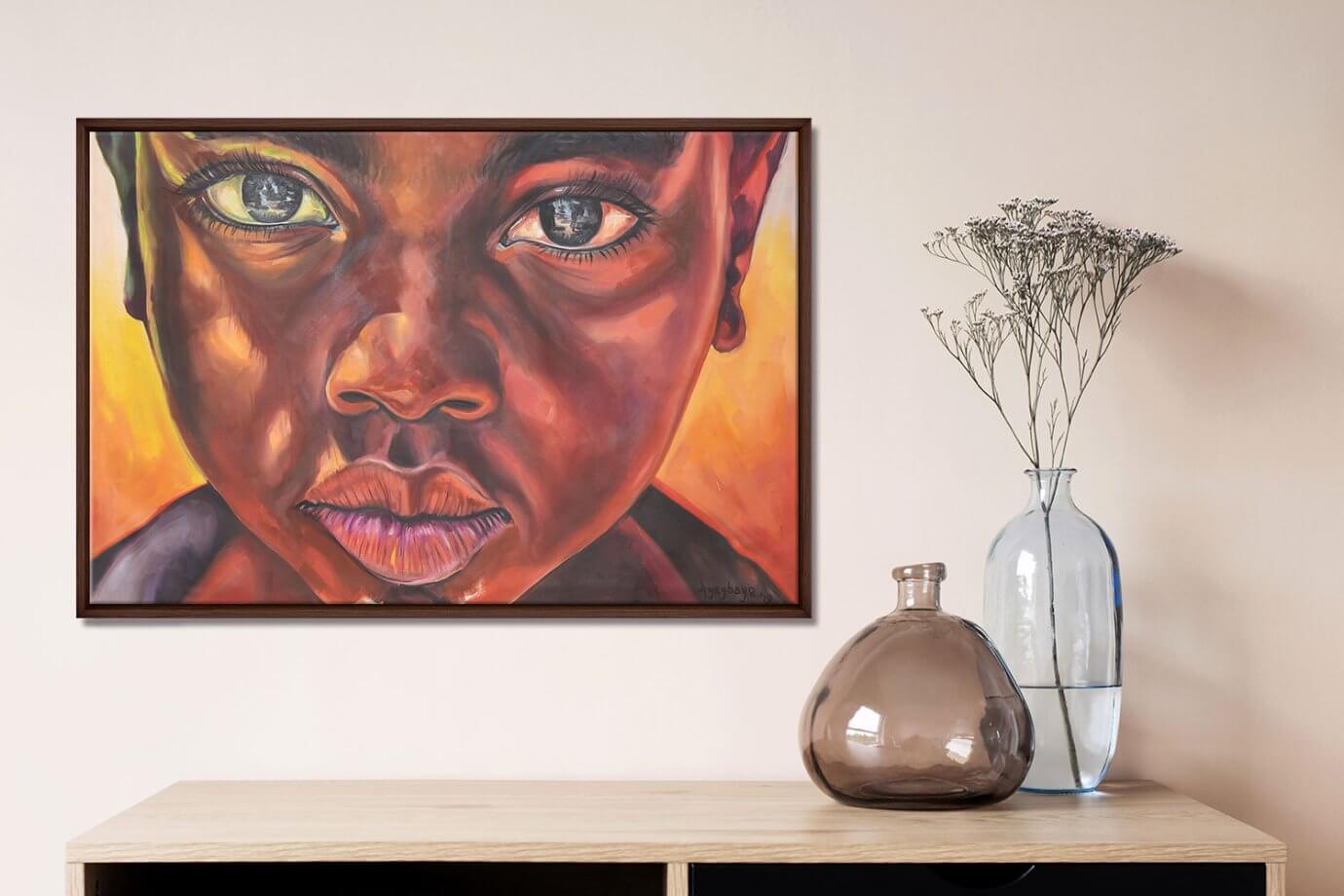
Portraits are powerful because they capture the full range of human emotions, and even explore mental health. Artists skillfully use facial expressions and body language to convey joy, sorrow, curiosity, and more. This ability to communicate emotion draws us in. According to experts, our brains are wired to respond to faces, which makes us instinctively connect with portraiture. Whether it’s the delicate curve of a smile or the intensity of a gaze, these elements invite us to feel what the subject is feeling.
Humans have been creating portraits forever, not just to capture appearances but to convey emotional depth. Roman mummy portraits from the 1st to 3rd centuries AD, for example, were designed to immortalize the deceased’s essence and emotional presence. This speaks to how deeply portraits can resonate across time, touching viewers with a sense of shared humanity.
Building Personal Connections with Portrait Art
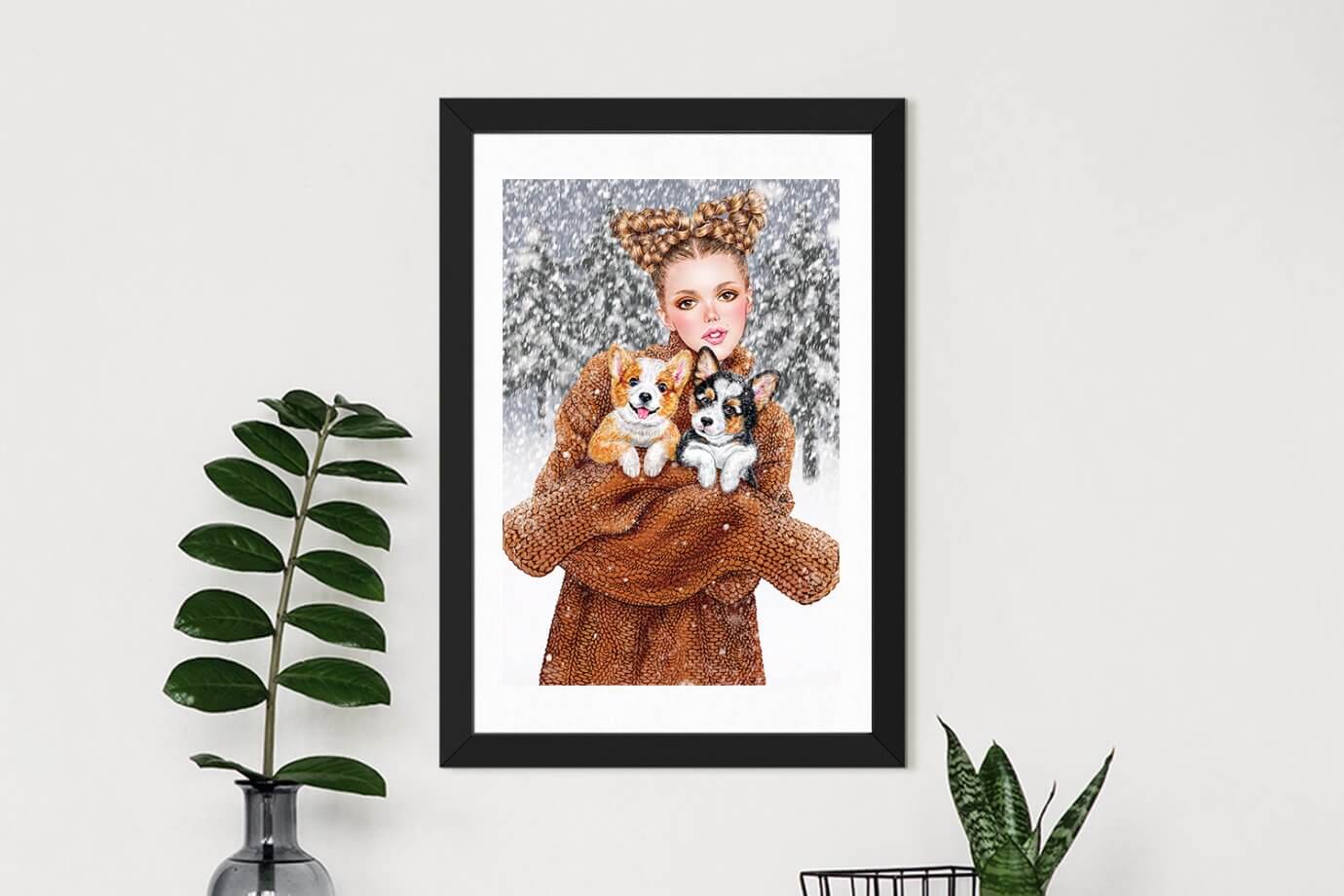
Portraits do more than just evoke emotions – they create personal connections. Whether it’s a custom portrait of a loved one, a pop culture icon, or even a stranger, these works of art stir intimate emotions. The simple act of seeing a face can spark memories, inspire curiosity, or foster admiration. Portraits of family members or figures we admire bring a sense of familiarity and nostalgia into our homes.
Historically, in the late Middle Ages, portraits were often used to commemorate important individuals, blending their likenesses into cultural or religious scenes. This sense of remembrance and personal connection lives on today in modern portraiture, where capturing someone’s essence is as much about storytelling as it is about art.
Portrait Art as a Tool for Self-Reflection
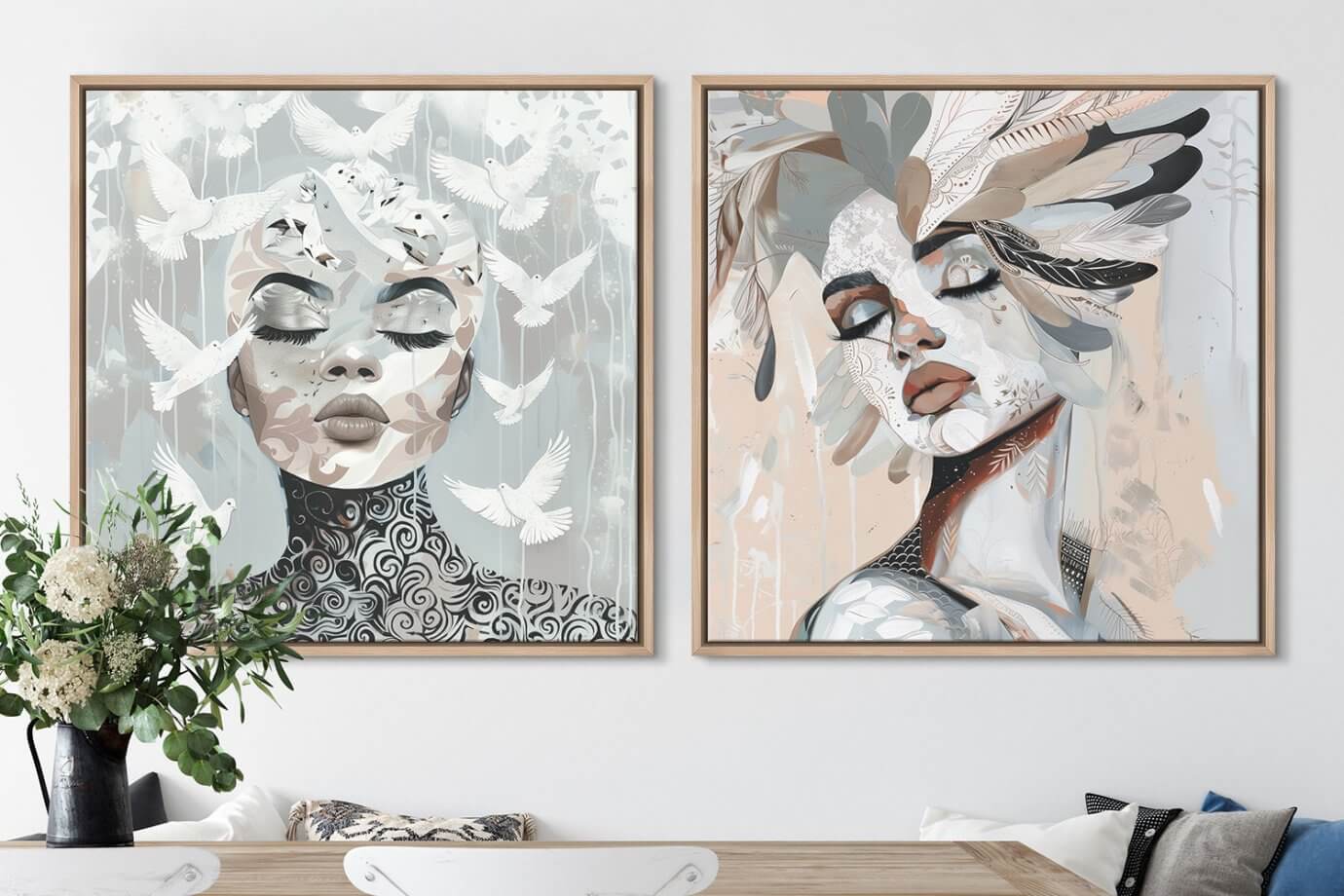
Another reason portraiture carries such emotional weight is its ability to prompt self-reflection. When you see someone in a portrait who reminds you of yourself – or someone whose story or emotions you can relate to – it creates a moment of introspection. Portraits invite us to look beyond the surface and consider our own experiences, thoughts, and feelings in relation to the subject. This connection can be subtle, like recognizing a familiar expression, or more profound, such as seeing elements of your own life story mirrored in the image.
Artists like Albrecht Dürer and Rembrandt explored their personal identities and emotions through self-portraits, offering glimpses into their lives that invite viewers to do the same. This kind of introspective art encourages a deeper understanding of the human experience.
Incorporating Portrait Art into Your Home
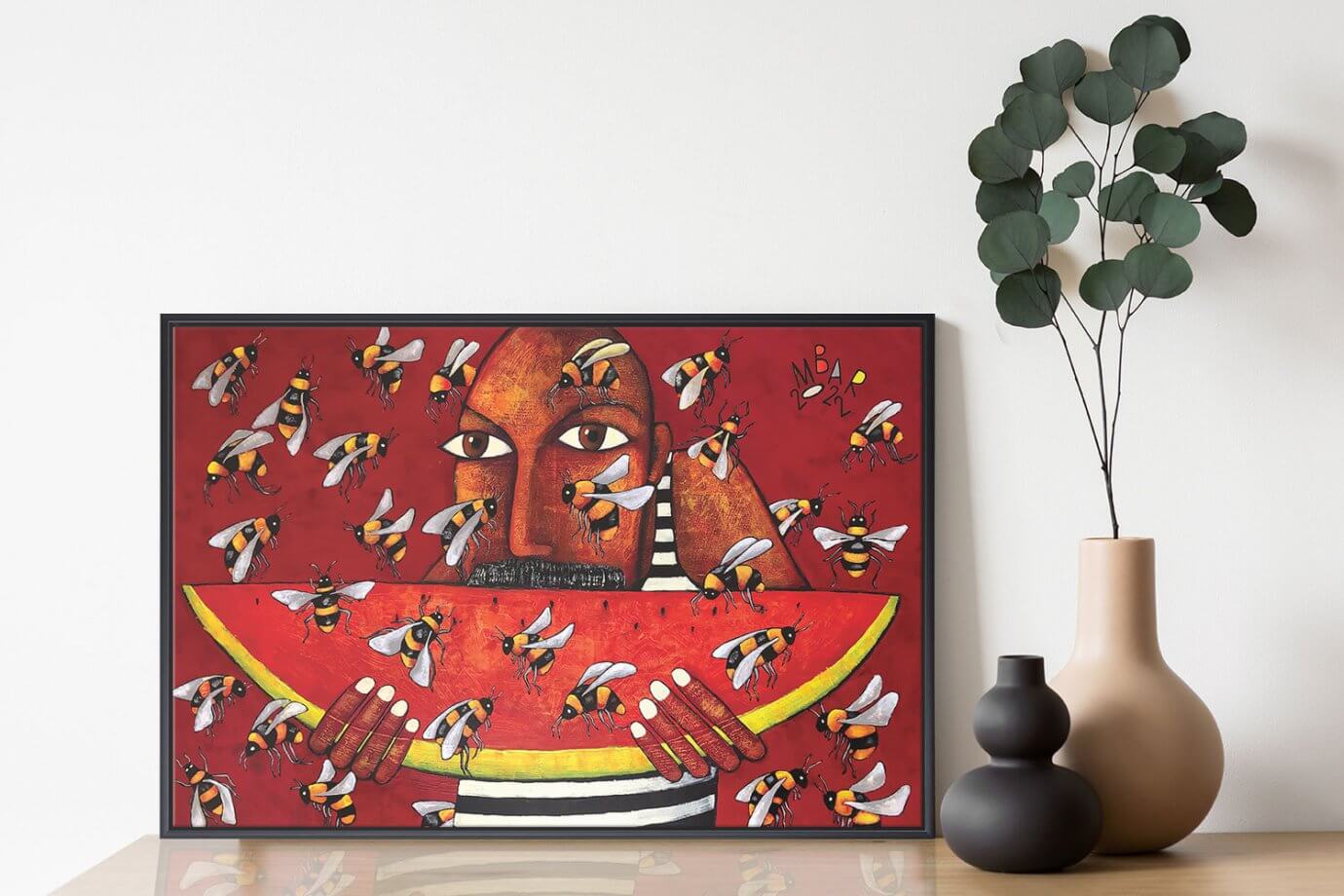
Portrait art doesn’t just enhance your home’s décor – it adds emotional depth. Here are some tips for integrating portraiture into your space:
- Choose Portraits That Resonate: Look for pieces that evoke an emotional response, whether they remind you of someone special, depict a celebrity you admire, or simply make you feel connected to the subject.
- Place Them Thoughtfully: Portraits often invite closer inspection, so hang them in spaces like living rooms, bedrooms, or hallways where emotional connection is meaningful.
- Mix Styles and Mediums: Don’t hesitate to blend traditional and modern portrait styles in your home. A mix of realistic and abstract pieces, like faceless portraits, can add visual and emotional layers to your décor.
Whether it’s the reflection of human emotions, the creation of personal bonds, or the encouragement of self-reflection, portraiture remains one of the most powerful forms of art to include in your home. Keep scrolling to explore a curated gallery of captivating portrait art that can bring depth and emotion to your space.
Want to dive into even more? Click here to see all Portrait Art on iCanvas.

